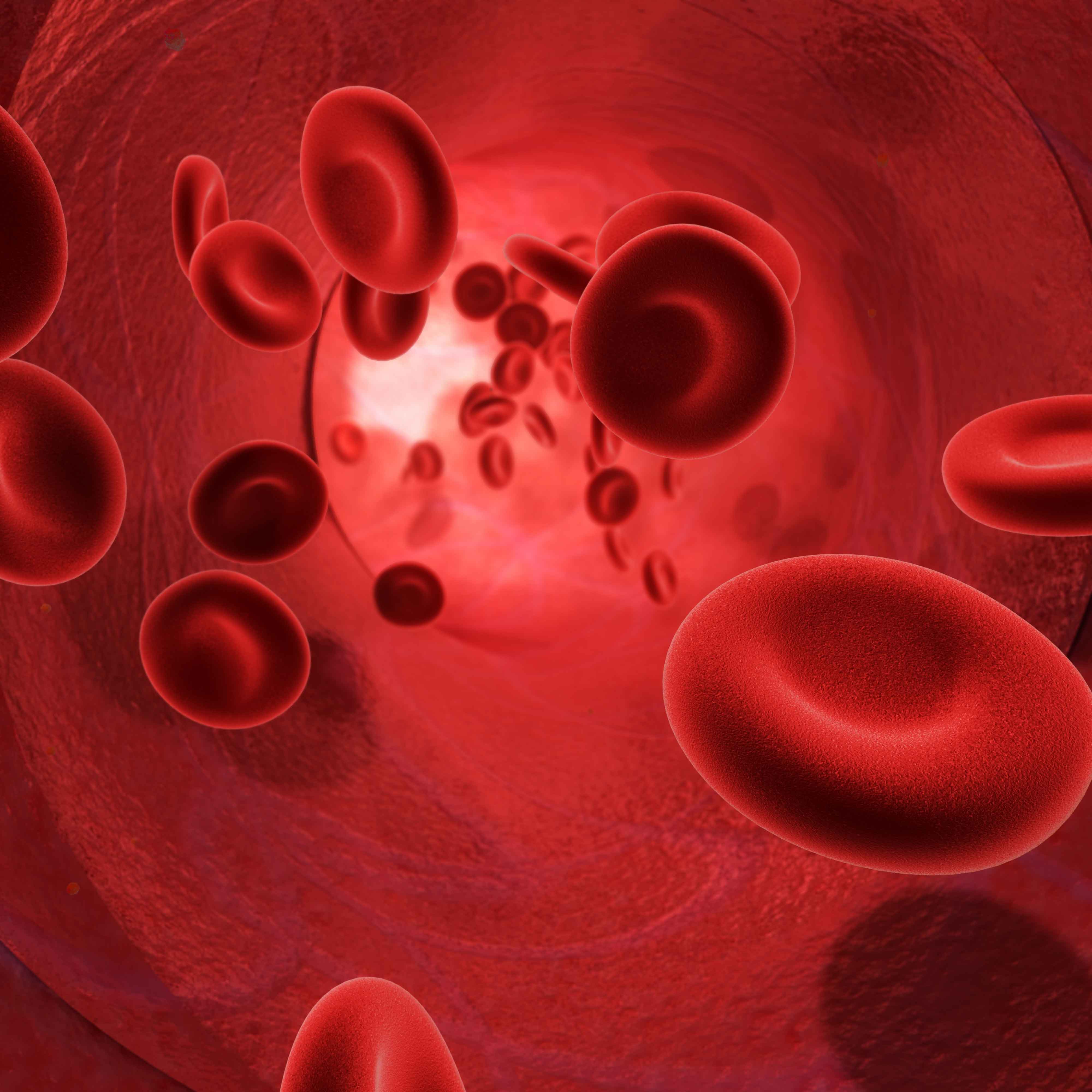Embracing Equitable Care
Thalassaemia, an inherited blood disorder, affects haemoglobin production and can cause severe anaemia and organ damage. Ensuring accessible and equitable treatment is crucial for improving the quality of life for those affected..
By Dr Suneela Garg and Dr Arvind Garg


The central focus of World Thalassaemia Day revolves around the theme of “Empowering Lives, Embracing Progress: Equitable and Accessible Thalassaemia Treatment for All.” This theme underlines the importance of ensuring that every individual, regardless of their socioeconomic status or geographical location, has access to effective and equitable treatment for Thalassaemia, thereby improving their quality of life and enabling them to contribute meaningfully to society.
Understanding Thalassaemia
Thalassaemia is an inherited blood disorder that is passed from parents to their children through genes. It is caused by the body’s inability to produce enough of a protein called haemoglobin, which is a crucial component of red blood cells. Haemoglobin’s primary role is to carry oxygen to all the cells in the body, providing them with the energy they need to function properly. When there isn’t enough haemoglobin, the body’s red blood cells do not function correctly and have a shorter lifespan. As a result, there are fewer healthy red blood cells travelling in the bloodstream, leading to a reduced supply of oxygen to the body’s tissues. This condition, known as anaemia, can cause individuals to feel tired, weak, and short of breath. Anaemia in people with Thalassaemia can range from mild to severe, with severe anaemia potentially causing significant organ damage and even leading to death.
Types of Thalassaemia
When discussing the different types of Thalassaemia, two main factors are considered: the specific part of haemoglobin that is affected (either “alpha” or “beta”) and the severity of the condition, which is described using terms such as trait, carrier, intermedia, or major.
Alpha and Beta Thalassaemia: Haemoglobin is composed of two different parts, known as alpha and beta. If the body does not produce enough of the alpha part, the condition is called alpha Thalassaemia. Conversely, if the body does not produce enough of the beta part, it is called beta Thalassaemia. The deficiency in either of these parts means that there are not enough building blocks to produce normal amounts of haemoglobin, leading to the symptoms associated with Thalassaemia.
Severity of Thalassaemia: The severity of Thalassaemia is indicated by terms such as trait, minor, intermedia, or major. For example, a person with Thalassaemia trait may exhibit no symptoms or only mild anaemia, while someone with Thalassaemia major may experience severe symptoms and require regular blood transfusions. The type and severity of Thalassaemia that a person has depends on the specific genetic traits they inherit from their parents. For instance, if a person inherits a beta Thalassaemia trait from both parents, they will have beta Thalassaemia major. If a person inherits an alpha Thalassaemia trait from one parent and normal alpha parts from the other, they will have alpha Thalassaemia trait (also called alpha Thalassaemia minor). Individuals with a Thalassaemia trait may not have any symptoms but can still pass the trait on to their children, increasing their risk of developing Thalassaemia.
Treatment Options for Thalassaemia
Effective management of Thalassaemia involves several key treatment options aimed at addressing the various symptoms and complications associated with the disorder.
Regular Blood Transfusions: Individuals with the most severe form of the condition, such as beta Thalassaemia major, may require blood transfusions as frequently as once a month. These transfusions are essential for replacing the deficient red blood cells in Thalassaemia patients, thereby improving oxygen delivery to tissues and organs. While blood transfusions are generally safe, they can lead to an accumulation of iron in the body, necessitating the use of medication to remove the excess iron.
Chelation Therapy: Chelation therapy is a treatment used to remove excess iron from the body, which can accumulate due to frequent blood transfusions. High levels of iron can be toxic and lead to organ damage, making chelation therapy a critical component of Thalassaemia treatment. This therapy involves the use of medications that bind to excess iron in the body, allowing it to be excreted and preventing damage to vital organs.
Iron-Rich Diet: Although managing iron levels is a concern for Thalassaemia patients, consuming iron-rich foods can still be beneficial to maintain adequate haemoglobin levels. It is essential for patients to consult with healthcare providers to receive personalised dietary recommendations that balance the need for sufficient haemoglobin production with the risk of iron overload.
Folic Acid Supplementation: Folic acid is a vital nutrient that aids in the production of red blood cells. Thalassaemia patients often have an increased need for folic acid due to the rapid turnover of red blood cells. Supplementation with folic acid can help support red blood cell production and improve overall health outcomes for individuals with Thalassaemia.
Avoidance of Iron Supplements: Unlike individuals with iron-deficiency anaemia, those with Thalassaemia should avoid taking iron supplements unless specifically prescribed by a healthcare provider. Excess iron can exacerbate complications related to iron overload, making it crucial for Thalassaemia patients to manage their iron levels carefully.
Regular Monitoring: Regular check-ups with healthcare providers are essential for monitoring haemoglobin levels, iron levels, and overall health status. These check-ups enable timely interventions and adjustments to treatment plans as needed, ensuring that patients receive the most effective care possible.
Hydration: Maintaining adequate hydration is important for everyone, but it is particularly crucial for Thalassaemia patients. Staying hydrated helps maintain blood volume and prevents complications related to dehydration, such as increased blood viscosity, which can affect blood flow and oxygen delivery.
Avoidance of Infections: Individuals with Thalassaemia are often more susceptible to infections due to their weakened immune system. Practising good hygiene, staying up-to-date with vaccinations, and avoiding contact with sick individuals can help prevent infections and protect the health of Thalassaemia patients.
Genetic Counselling: Since Thalassaemia is a genetic disorder, genetic counselling can be an invaluable resource for individuals and families affected by the condition. Genetic counsellors can help individuals understand their risk of passing Thalassaemia to their children, provide information about family planning options, and support informed decision-making.
Emotional Support: Living with a chronic condition like Thalassaemia can be emotionally challenging. It is important for patients to seek emotional support from family, friends, support groups, or mental health professionals. Emotional support can improve overall well-being, help patients cope with the challenges of managing Thalassaemia, and encourage adherence to treatment plans.
Takeaways
By focusing on equitable and accessible Thalassaemia treatment for all, World Thalassaemia Day highlights the need for comprehensive care strategies that address the medical, dietary, emotional, and genetic aspects of the disorder. Ensuring that every individual has access to these essential treatments can significantly improve the quality of life for those living with Thalassaemia, empowering them to lead healthier and more fulfilling lives.
(The authors are Chair of the Program Advisory Committee at the National Institute of Health and Family Welfare and Head of Paediatrics at Apollo Hospitals, Noida.)
